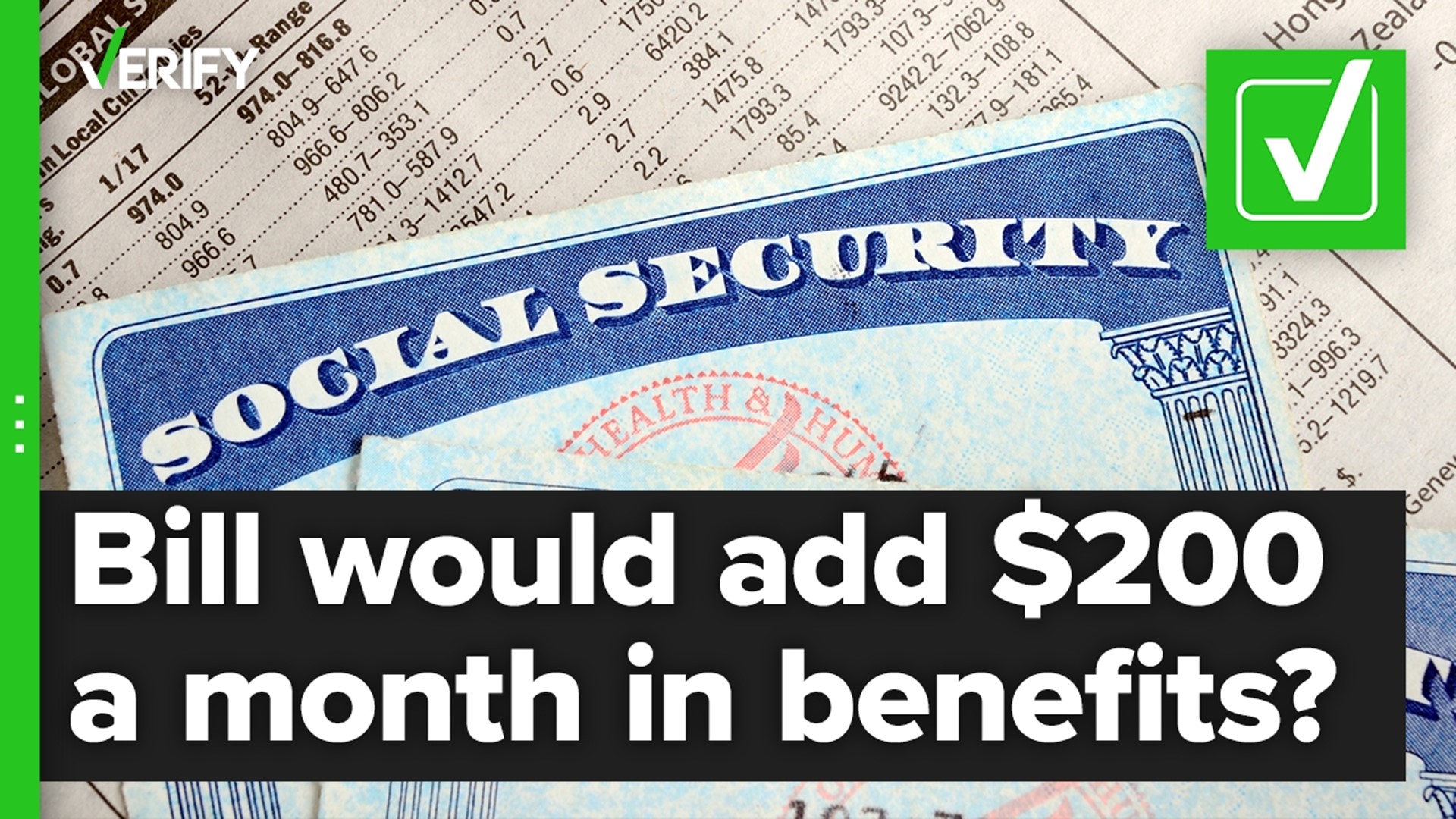GREENSBORO, N.C. — These days everything costs more. Housing prices are up 6 percent from last year. Food is up 11 percent. Electricity costs 15 percent. It's hard to make the ends meet especially when you're on a fixed income like social security. To help with that, social security is announcing the largest cost of living adjustment since the 1980s at 8.7 percent.
There are about 70 million Americans on Social Security and Supplemental Security Income impacted by the adjustment. On average they will see their benefits go up by $140 per month starting in January. The Social Security Administration made the announcement over youtube.
"The substantial social security cost of living adjustment or cola will also bring more support to seniors and others who count on the benefits you've earned for everyday costs."
The Social Security Administration can't decide the cost of living adjustments on its own. There's a set formula established by Congress back in 1972 to automate the process. Before that benefits were only increased when Congress passed special legislation.
In all that time, 2023's adjustment of 8.7 percent is the fourth-highest one ever enacted. The highest was 14.3 percent in 1980. The lowest was a 0 percent increase in 2010, 2011 and 2016.
Willie Clark, 65, of Waukegan, Illinois, says his budget is “real tight” and the increase in his Social Security disability benefits could give him some breathing room to cover the cost of the household expenses he's been holding off on.
Still, he doubts how much of the extra money will end up in his pocket. His rent in an apartment building subsidized by the U.S. Department of Housing and Urban Development is based on his income, so he expects that will rise, too.
Social Security is financed by payroll taxes collected from workers and their employers. The maximum amount of earnings subject to Social Security payroll taxes for 2023 is $160,200.
The financing setup dates to the 1930s, the brainchild of President Franklin D. Roosevelt, who believed a payroll tax would foster among average Americans a sense of ownership that would protect the program from political interference.
Next year's higher payout, without an accompanying increase in Social Security contributions, could put additional pressure on a system that's facing a severe shortfall in coming years.
The annual Social Security and Medicare trustees report released in June says the program's trust fund will be unable to pay full benefits beginning in 2035.
If the trust fund is depleted, the government will be able to pay only 80% of scheduled benefits, the report said. Medicare will be able to pay 90% of total scheduled benefits if the fund is depleted.
In January, a Pew Research Center poll showed 57% of U.S. adults saying that “taking steps to make the Social Security system financially sound" was a top priority for the president and Congress to address this year. Securing Social Security got bipartisan support, with 56% of Democrats and 58% of Republicans calling it a top priority.
Some solutions for reforming Social Security have been proposed — but none has moved forward in a sharply partisan Congress.
Earlier this year, Sen. Rick Scott, R-Fla., issued a detailed plan that would require Congress to come up with a proposal to adequately fund Social Security and Medicare or potentially phase them out.
Senate Minority Leader Mitch McConnell, R-Ky., publicly rebuked the plan and Biden has used Scott's proposal as a political bludgeon against Republicans ahead of midterm elections.
"If Republicans in Congress have their way, seniors will pay more for prescription drugs and their Social Security benefits will never be secure," Jean-Pierre said.
___
Claire Savage in Chicago and Val Lick in Washington contributed to this report.

